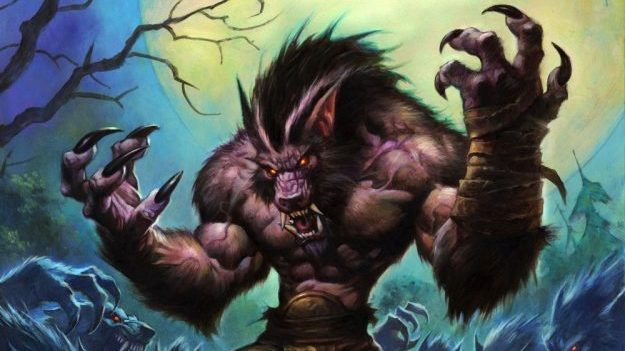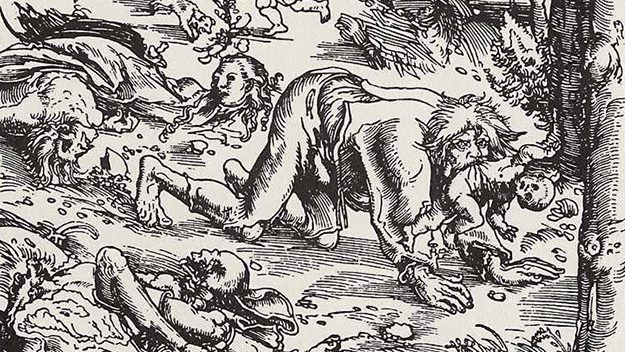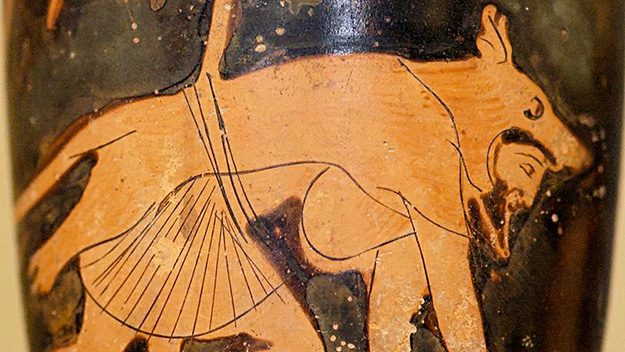In the realm of fictional works, literature, movies, and films alongside video games have an infinite presence, often encapsulated in mythical tropes that are created from the human imagination to enthrall audiences. In this series of articles titled “The Origins of Mythical Beings,” we will delve into the origins, characteristics, and developments of various genres. This time, we will focus on a particularly popular category within the realm of horror, known as “Werewolves.”
From the folklore of medieval Europe, I often think of the “Universal Monsters” from Universal Studios, or even contemporary works like “Twilight” and “True Blood,” where werewolves play an indispensable role in today’s pop culture. Their ability to transform quickly and ferociously has made these creatures a mainstay in horror literature, often tied closely to themes of primal urges and barbarism within humans. The idea that the werewolf’s origin stems from a blend of reverence for the savage and the notion of transformation is particularly intriguing.

Like many other mythical beings, “Werewolves” have evolved from European folktales, including stories about witches and traditional tales about transformations into wolves, all stemming from various reasons or directions, whether it be cultural or otherwise, often reflecting a human’s capacity for savagery. However, similar to the legends of vampires, the cultural practices of European societies have integrated the idea of the werewolf into Christianity as it spread across the continent.
When the missionaries and clergy of Christianity could not suppress the local beliefs they deemed contrary to their own, they committed a more heinous act: “devouring” them. And when all local deities transformed into demons, women who practiced witchcraft were transformed into werewolves, and what was deemed as demonic possession was regarded as the work of Satan.
Similar to the act of hunting down witches throughout the Middle Ages, men, especially, would be subjected to the monstrous image of the werewolf. Despite not being as widespread as the witch hunts, the werewolf phenomenon first appeared in the 15th century in Switzerland, spreading throughout the continent well before the official end of witch trials about 300 years later. The most infamous werewolf case could be that of Peter Stumpp, who was said to have made a pact with the devil, allowing him to transform into a wolf after indulging in acts of cannibalism. He also confessed to killing numerous people and even eating them before being executed.

With actions attributed to the werewolf, alongside gruesome representations associated with those accused, it is not surprising when this creature—much like the “vampire” and other folkloric monsters—has been selected as a staple of Gothic horror literature. This phenomenon directly leads to numerous works of classic literature and folklore that we often encounter today. However, to truly understand what makes a werewolf and, more importantly, their significance, we must delve deeper.
First, let us look at the very name itself, “Werewolf,” which is derived from Old English, literally meaning “man-wolf,” very clear and straightforward. However, there is a more intriguing term known as “Lycanthropy,” a Greek word meaning “wolf-man,” but the point that makes this term fascinating is that in Ancient Greece, it was not used to describe the being we know as “Werewolf.” Instead, “Lycanthropy” was only used to refer to a form of disease, when a person exhibited symptoms resembling a wolf—not to imply that anyone could literally transform into a wolf.
However, it should be noted that tales of werewolves do not only exist in ancient times, as there is plenty of evidence found in Greco-Roman culture and ancient literature dating back to them. Yet, in many instances, “Lycanthropy” is considered a form of punishment for those who have sinned. The notion of “Werewolves” was a frightful concept, as a savage act has a connection to the way Christianity integrated European folklore, while still having distinct origins.

The concept of “Werewolves” in European Christianity, however, is not merely a passing superstition but rather a profound cultural phenomenon that has inspired many individuals. In countless societies across Europe and beyond, the concept of the werewolf has transformed into a type of animal or at the very least, a hybrid of human traits, often connected to notions of war and savagery.
For instance, the most recognizable werewolf phenomenon is that of the berserker warriors from Norse mythology, who also share many similarities with the werewolf trope, interpreted as being endowed with animalistic traits in battle. The term “Berserker” literally translates to “bear shirt,” and refers to a type of warrior who would wear animal skins, often associated with a fierce disposition. While most instances involve bear skins, there are also accounts of wolf skins being worn.

These ancient cultural foundations in Europe clearly demonstrate a strong connection between the essence of predatory animals and the savage, and the werewolf is often seen as a manifestation of raw human instincts. This raises questions about whether the essence can embody the spirit of a wolf or bear, or if it is merely an expression of a way to confront the battlefield that is more than just a representation of one’s primal nature.
According to Geek
6 Must-Have Gadgets from James Bond That You Can Totally Buy in Real Life
admicroAD.unit.push(function () { admicroAD.show(‘admzonekj8f6sxi’) });




















